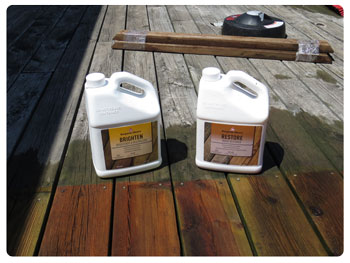The wheels started to come off right away this morning when I moved a little slower than normal while getting ready. A little delay here, a little delay there and I found myself in a time crunch. And that’s never a good thing.
But, I figured I’d be OK. That I’d make up for lost time by moving a little more quickly than usual. And that’s when the wheels came off entirely.
See, here’s what happened: I was shaving. Quickly. And as I stood there in the bathroom, whipping the razor over my face in manic, almost jack-the-ripper-like fashion, I happened to catch a glance of something curious in the mirror. I brought the blade to a standstill, leaned in and, sure enough, there it was: a long, wispy hair shooting out of my eyebrow at a crazy angle. Hmmmm. Getting older seems to produce more and more of these.
Anyway, normally, I would have attempted a more precise method for removing the offending hair. Possibly a tweezers, maybe a scissors. You know, an implement with a little precision. Something with accuracy.
But, I was in a hurry. And hurry is the enemy of precision. And common sense. And a lot of other things. And so I looked at the razor in my hand, looked back at the eyebrow hair just standing there, taunting me, and I made a snap decision: “Why don’t I just use this razor to mow down that one non-conformist hair? It’ll be quick and easy….”
And so I did it. And it worked remarkably well. I took that hair off at the base–right where it met the skin. A clean, precise cut. And then I looked in the mirror and realized that there was a white patch just a little smaller than a dime in the center of my eyebrow.
Shaving cream?
I looked closer and saw no shaving cream. Just a lot of skin. Pale skin peeking out around a dark ring of remaining hair, making my eyebrow look the head of a medieval monk.
 The above is a recreation of the actual event. The results have been exaggerated in order to better reflect my humiliation….
The above is a recreation of the actual event. The results have been exaggerated in order to better reflect my humiliation….I looked down at the counter and there it was: the rest of my eyebrow. It was scattered everywhere. Hairs here, hairs there.
Now, I have to be honest, my first reaction when I saw this was to carefully brush the counter with my (now shaking) hands and scoop the remnants up. And as I stood there, staring at all those hairs in my cupped hands, I began to wonder whether or not I could glue them back in place somehow. I’m not lying. My first thought was a reattachment procedure of some sort. But then sad, brutal, terrifying reality set in: you can’t glue your eyebrow back on.
And so I let the hairs fall back to the counter and I turned back to the mirror. Surely, it wasn’t as bad as I feared? I leaned in, examined it closely, and discovered that yes, it was truly as bad as I’d feared. Possibly worse.
With only minutes before I had to march out the door, heading to work to deal with all the ridicule I was bound to receive, I started trying to get creative. Sure, the gluing it back on idea was dumb, but maybe I could just comb over the remaining hairs? It works for bald men, right?
I tried that for a minute, brushing and brushing, but the hairs were stiff and stubborn and refused to fan out to cover the bald spot. I thought about washing them and conditioning them to make them a little more manageable, but I discarded that as another dumb idea.
With my nose pressed nearly to the mirror, I stared at my eyebrow. Time travel would be awesome. But not possible. Yet. What else? Time was ticking. I needed answers. What to do?
As I stood there, staring, a seemingly reasonable voice filled my head: “I bet if you just removed that section over there, things would even out?”
I looked at the spot to which the voice had referred. Maybe he had a point. It could work. So, without thinking, I picked up the razor and went back to work on what was left of my eyebrow. Yes. I’m serious. I was in a fight or flight mentality and I needed solutions. Thinking things through never solves any actual problems, right? I needed action!
Well, it only took a couple more swipes to realize that now I’d removed another section of eyebrow further down. I think I heard that voice in my head chuckle a little.
Things were getting worse quickly. I set the razor down and looked back. And even now, in the midst of the situation, that same voice whispered enticingly: “you know, if you’d just hack off that other side, I think it would all balance everything out nicely . . . .”
I had the blade halfway to my face when a new voice sounded from the other part of my brain–the non-insane part. This voice told me, in an authoritative tone, to put the razor down and step away from the mirror. I instantly listened because that part of me sounded like he knew what he was talking about. His tone was no-nonsense and I was honestly relieved. Finally. Someone was here to take charge of the situation. Someone was here to help.
“So,” I said to the sane side of my brain. “What do we do?”
“Let me think for a minute,” he said, strumming my fingers on the counter before snapping them in a gesture of inspiration. “Makeup! It solves every problem.”
And so I yanked open the makeup drawer and started digging through all these strange bottles and powders I didn’t understand. Finally my eyes fell upon an eyeliner pencil.
With shaky hands I colored over the pale bald spots where my eyebrow used to be and assessed my work in the mirror. Passable. As long as I kept my head turned slightly to the side while talking to people, I figured I’d get by until the hair grows back.
So, feeling somewhat relieved, I walked out, got dressed, and then found my wife in the kitchen. I relayed the story to her and then leaned in for a quick inspection. I figured I’d let her look me over to make sure I was alright.
So she leaned in and I stood there. Her eyes flicked from eyebrow to eyebrow before finally settling on one. I watched her fight against a smile that tugged at the corner of her lips and then, finally, she gave up and burst into laughter, shaking her head.
“Well, people may not notice, but you sure did a number on your eyebrow, that’s for sure!” She laughed, her eyes still focused on the eyebrow she found so hilarious.
I just stared at her. Watching the tears well up in her eyes as the laughter poured out of her mouth. Finally, I cleared my throat: “That’s the eyebrow I didn’t even touch.” I turned and walked briskly away to the soundtrack of my entire family cackling in a very immature manner.
And so, I sit here today, writing this post. I’ve got one eyebrow that I’ve nearly shaved off and another eyebrow that is apparently so naturally malformed as to be utterly hilarious when submitted to close examination. I’m sure the story will live on in in the family and will likely be used at my funeral someday.
At any rate, the scariest thing is that every time I step into the bathroom here at work, I stop by the mirror and give my eyebrows a once over. And every time I do, that same voice–the insane one–fills my head: “You know, if you would just razor off a little bit over here and a little bit over there, I think you’d have them both looking really, really good.”
I’m trying not to listen to him. But he can be very convincing when he wants to be….
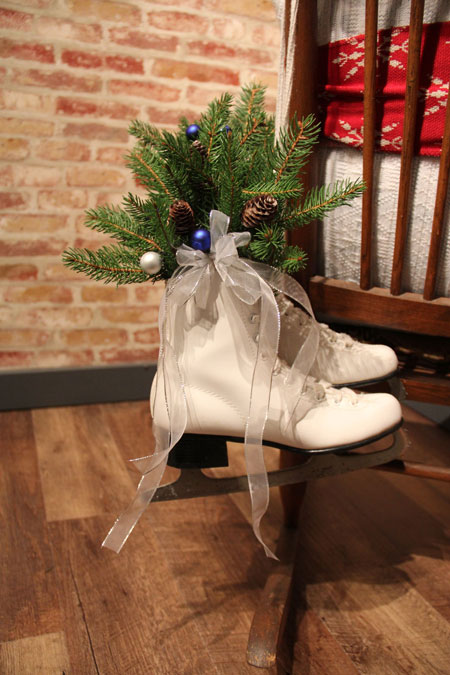 Christmas the Purple Stilleto Way
Christmas the Purple Stilleto Way


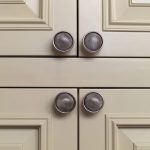
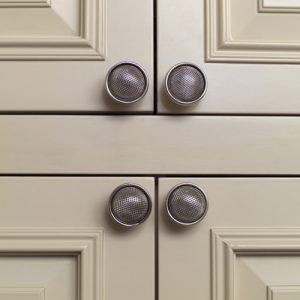 Did you know that the average cost of remodeling your kitchen is right around $20,000? Yes, $20,000. That’s a significant amount of money. So significant, in fact, that it means I won’t be doing any kitchen remodeling anytime soon. Sure, I’d like new cabinets or a new backsplash or a new floor, but we’re just too attached to having things like groceries and running water. And I don’t think we’re alone. A lot of people like groceries and running water. And yet, many of those same people also wish they had a better kitchen.
Did you know that the average cost of remodeling your kitchen is right around $20,000? Yes, $20,000. That’s a significant amount of money. So significant, in fact, that it means I won’t be doing any kitchen remodeling anytime soon. Sure, I’d like new cabinets or a new backsplash or a new floor, but we’re just too attached to having things like groceries and running water. And I don’t think we’re alone. A lot of people like groceries and running water. And yet, many of those same people also wish they had a better kitchen.
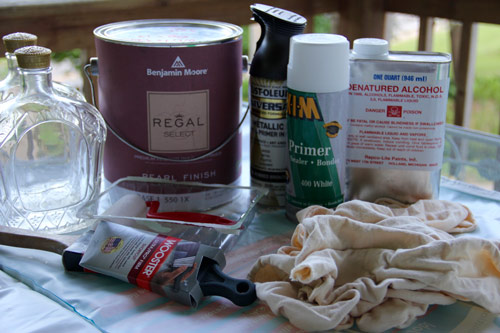
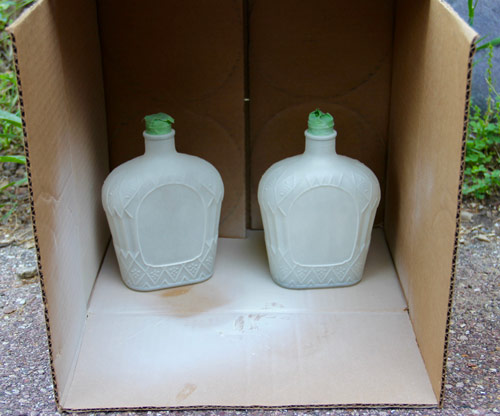
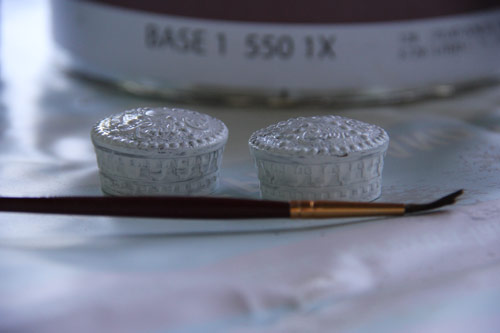
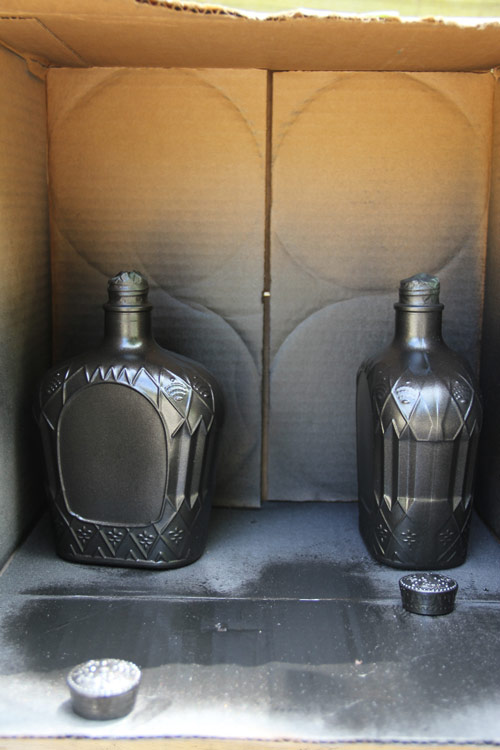
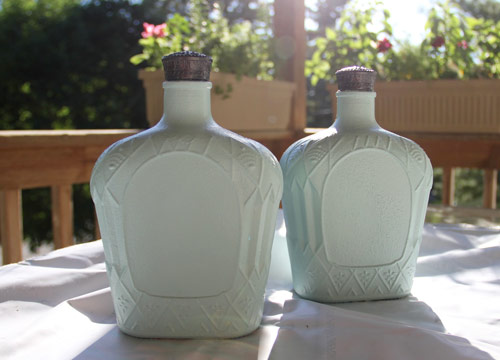
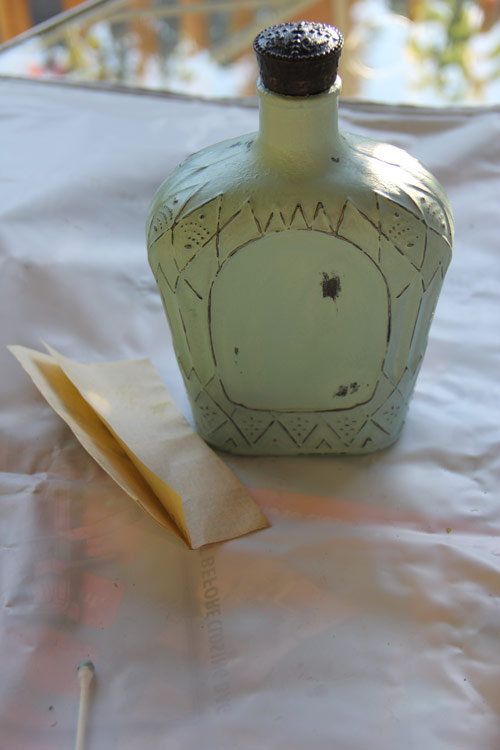
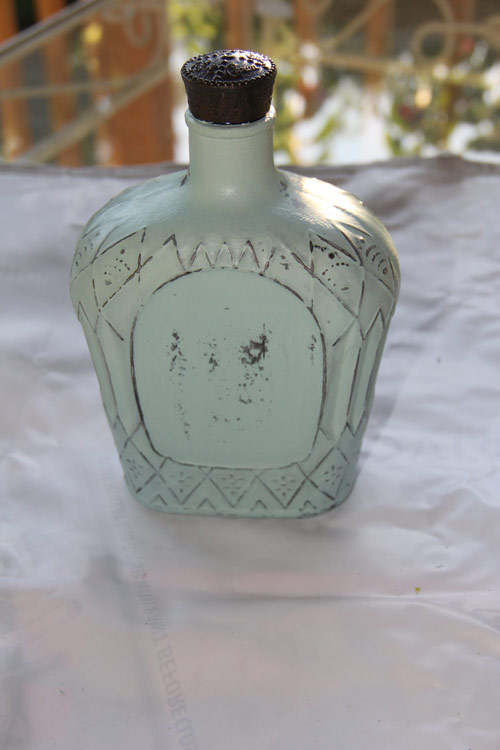
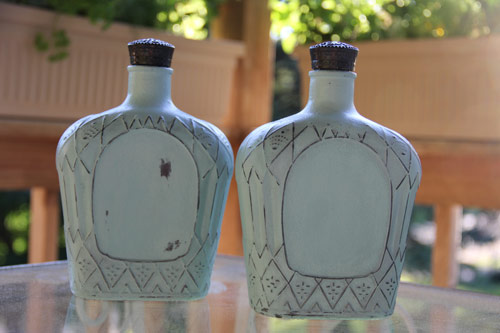

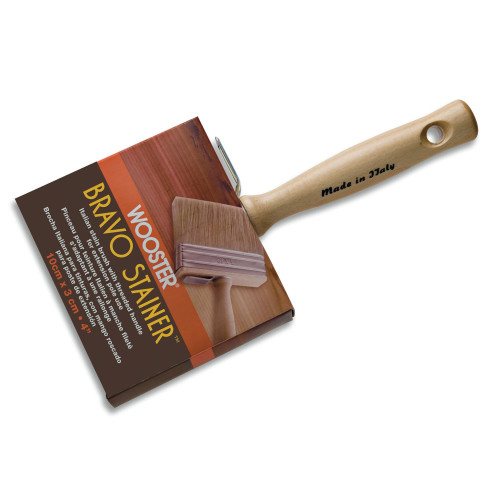
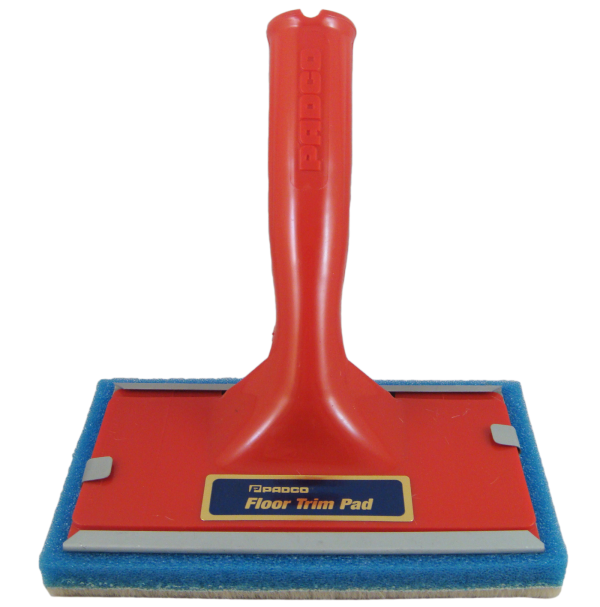
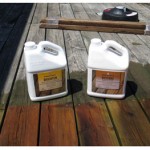
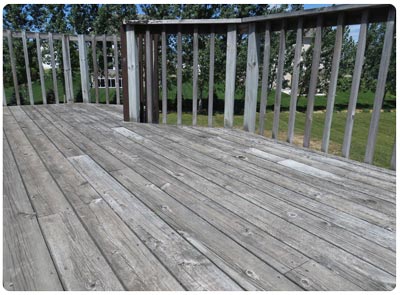 “We just bought a new house and the deck looks terrible! It’s gray and faded. How do we get it ready for a new coat of stain?”
“We just bought a new house and the deck looks terrible! It’s gray and faded. How do we get it ready for a new coat of stain?”